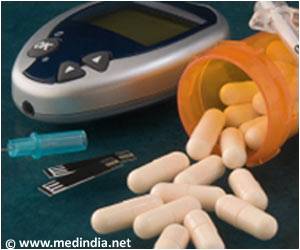LIPUS is commonly used in North America to accelerate fracture healing, but there has been no clear evidence of benefit to support its use.

‘LIPUS was approved for fracture healing by the U.S. Food and Drug Administration (FDA) in 1994, but there has been no clear evidence of benefit to support its use.’





An accompanying editorial, also published, suggests "it is time to abandon this ineffective treatment" now that there is strong evidence it doesn't work. "LIPUS is commonly used in North America to accelerate fracture healing -- generating about $250 million in sales a year - but there has been no clear evidence of benefit to support its use," said principal investigator Jason Busse. Busse is an associate professor of anesthesia and a researcher with the Michael G. DeGroote Institute for Pain Research and Care at the Michael G. DeGroote School of Medicine at McMaster.
LIPUS was approved for fracture healing by the U.S. Food and Drug Administration (FDA) in 1994. Interventions to aid recovery have been popular for tibia fractures since this common fracture heals slowly and often needs further surgery to heal completely.
The international research team conducted a randomized controlled trial of 501 patients at 43 academic trauma centers in North America who underwent surgical repair for a tibia (lower leg) fracture between 2008 and 2012. The patients were assigned 20-minute daily treatment with either a LIPUS or a placebo device which looked the same. Everyone involved, including the physicians, data collectors, data analysts and the patients were blind to which treatment was used. Patients were followed until x-rays showed their fracture was healed, or for 12 months.
There was no difference in time to functional recovery whether patients were treated with the active or placebo device. There was also no difference in quality of life, return to work, leisure activities, or time to full weight-bearing. Co-principal investigator Mohit Bhandari, who is a professor of surgery at McMaster, pointed out the importance of ensuring medical devices are supported by evidence.
Advertisement
"The new trial results establish that LIPUS has no role in managing patients with surgically repaired fractures." In the accompanying editorial in The BMJ, Xavier Griffin, an associate professor of trauma surgery at the University of Oxford, said the results were clear.
Advertisement
Source-Eurekalert















